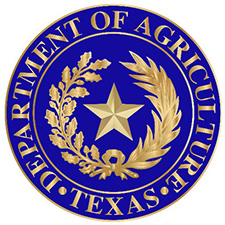Big crops and lower prices for U.S. farmers in 2024
American farmers will harvest monster corn and soybean crops this year, including the largest soybean crop ever, at 4.5 billion bushels, and the third corn crop in four years to top 15 billion bushels, projected the Agriculture Department on Thursday. Season-average prices for the crops would fall for the second year in a row from the spike in commodity markets created by Russia’s invasion of Ukraine in 2022.
Look outside the farm bill to strengthen the safety net
Farm-state lawmakers could break their deadlock over how to pay for the farm bill by looking elsewhere for money rather than fighting over existing accounts, said Agriculture Secretary Tom Vilsack on Thursday. Vilsack, who has repeatedly urged lawmakers to be creative about funding, said it might be possible to tap a $30 billion USDA reserve to support producers in specific instances.
TODAY’S QUICK HITS
Sanders wants better labels: The FDA’s work on front-of-package labels for food and beverages does not adequately alert consumers and especially children to products that are harmful to their health, said Sen. Bernie Sanders, chairman of the Senate Health Committee. (U.S. Senate)
‘Factory farm nation’: There are 24,000 factory farms in the United States, holding 1.7 billion animals — cattle, hogs, and poultry — an increase of 47 percent since 2002, said an analysis of the USDA’s Census of Agriculture. (Food & Water Watch)
Midwest ag finances soften: While farmland prices continue to rise in the Midwest, ag banks said that agricultural credit conditions are showing concerning signs, with demand for non-real estate loans up and loan repayment rates down. (Chicago Federal Reserve Bank)
Free meals attract students: Participation in school lunch programs increased 4 percent from pre-pandemic levels in the first year that five states — California, Maine, Massachusetts, Nevada, and Vermont — offered free meals to all students. (Food Research & Action Center)
Midwest’s ‘lost winter’: Most of the Great Lakes region is having its warmest winter on record, with temperatures that are 10 degrees Fahrenheit above normal and ice coverage on the Great Lakes at less than 3 percent. (Washington Post)











